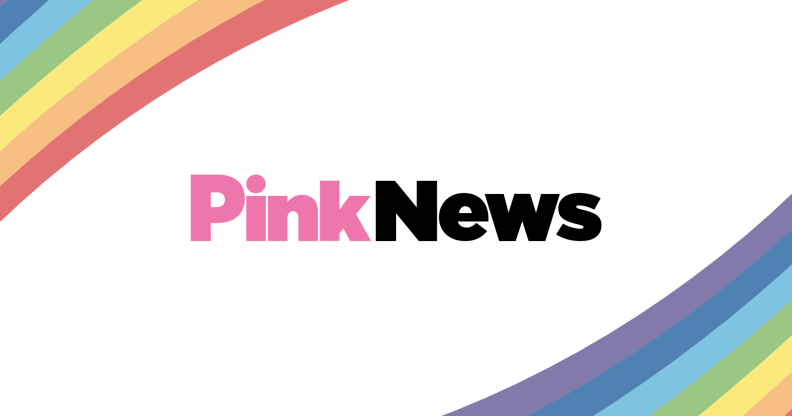Original rainbow flag to go on display at London Design Museum

An original rainbow flag created by Gilbert Baker is going on display at London’s Design Museum.
Celebrated gay rights activist Gilbert Baker aged 65, who passed away earlier this year, is credited with the creation of the iconic rainbow flag as a symbol of Pride and LGBT equality.
To celebrate his legacy, London’s Design Museum has acquired one of the original series of ten flags that Baker made in 1978.
The flag features Baker’s original eight-colour design, featuring pink, red, orange, yellow, green, turquoise, blue and purple.

The design was refined over subsequent years, with the hot pink stripe removed as the flag became so prolific that it became difficult to find enough coloured fabric.
Turquoise was later removed as well, leaving the iconic six-stripe rainbow flag that is iconic across the world today.
It explained: “The rainbow flag, originally created by San Francisco artist Gilbert Baker, is the Design Museum’s first acquisition since moving to its new home in Kensington High Street.
“Identified as one of the defining designs of the modern age, the flag was part of an original series of ten that Baker designed and created in 1978.
“Also known as the gay pride flag or LGBT pride flag, the design reflects the diversity of the LGBT (lesbian, gay, bisexual and transgender) community.
“Originating in northern California, the flag has been adopted worldwide and is now a globally recognised symbol.”
Across his life, Baker refused to trademark the rainbow flag design, leaving it to become a symbol that was for the LGBT community
The activist died at home in his sleep on March 31, aged 65, due to a heart condition.
Of course, the rainbow flag is still a living symbol, regularly adapted into new forms.
Earlier this year a variant of the flag was released featuring black and brown stripes, intended as a commentary about the exclusion of LGBT people of colour.
The design, which was the product of a Philadelphia advertising agency, divided opinion in the LGBT community.
Some decried it as a cheap stunt, while others called for its widespread adoption.

